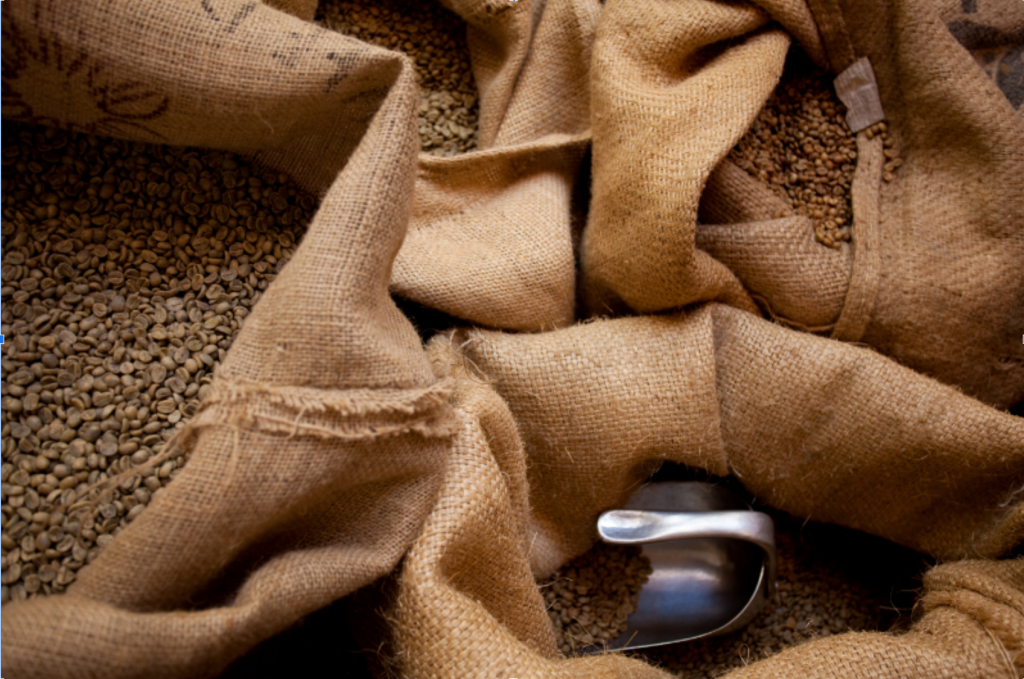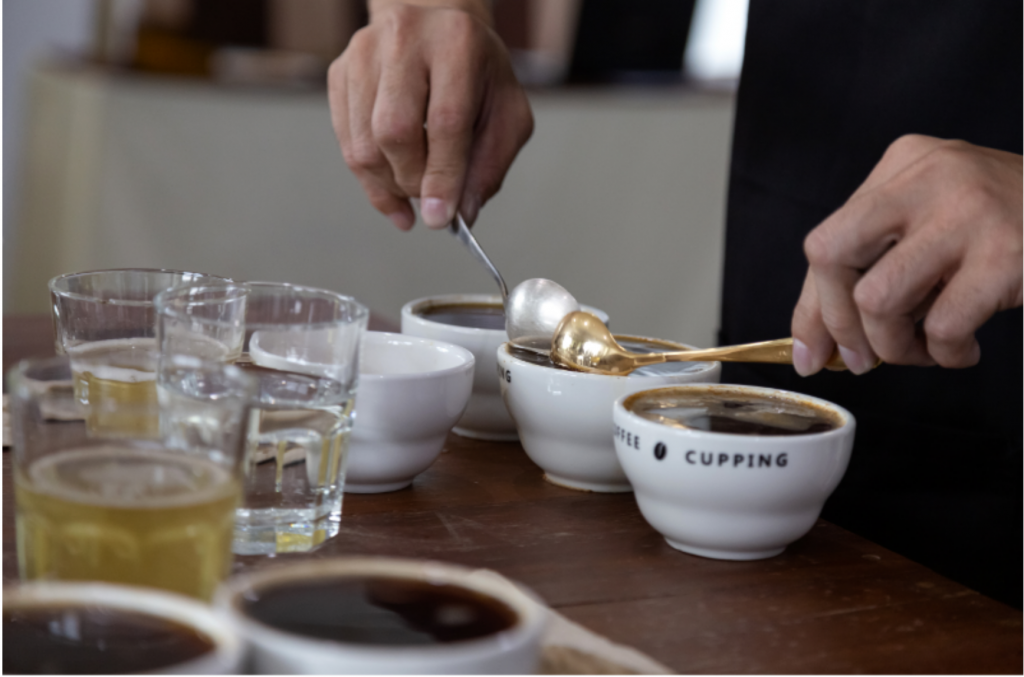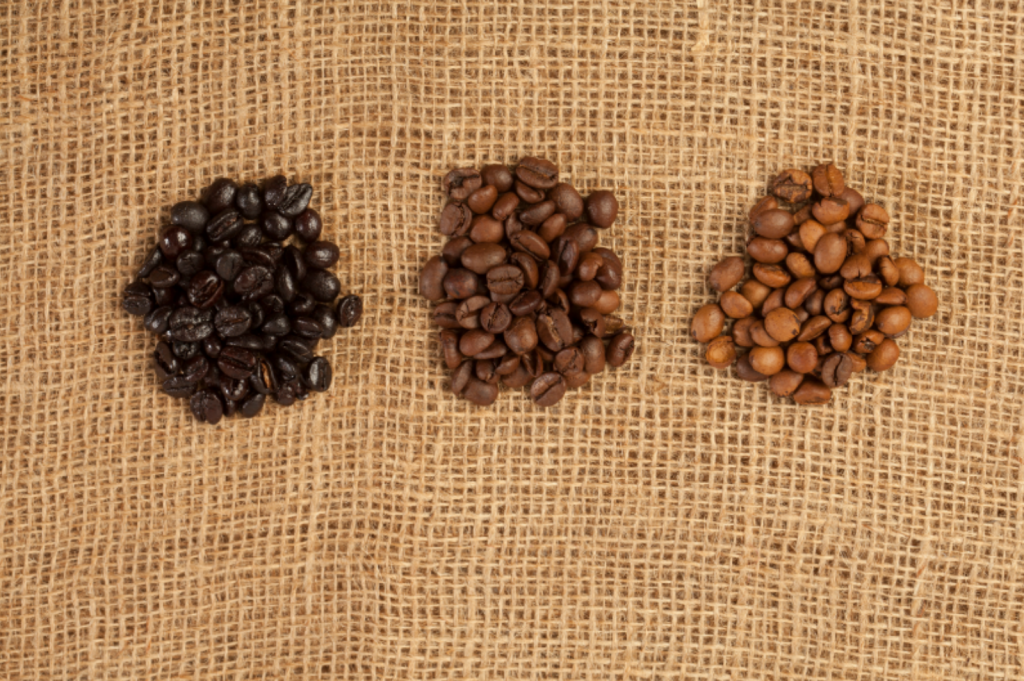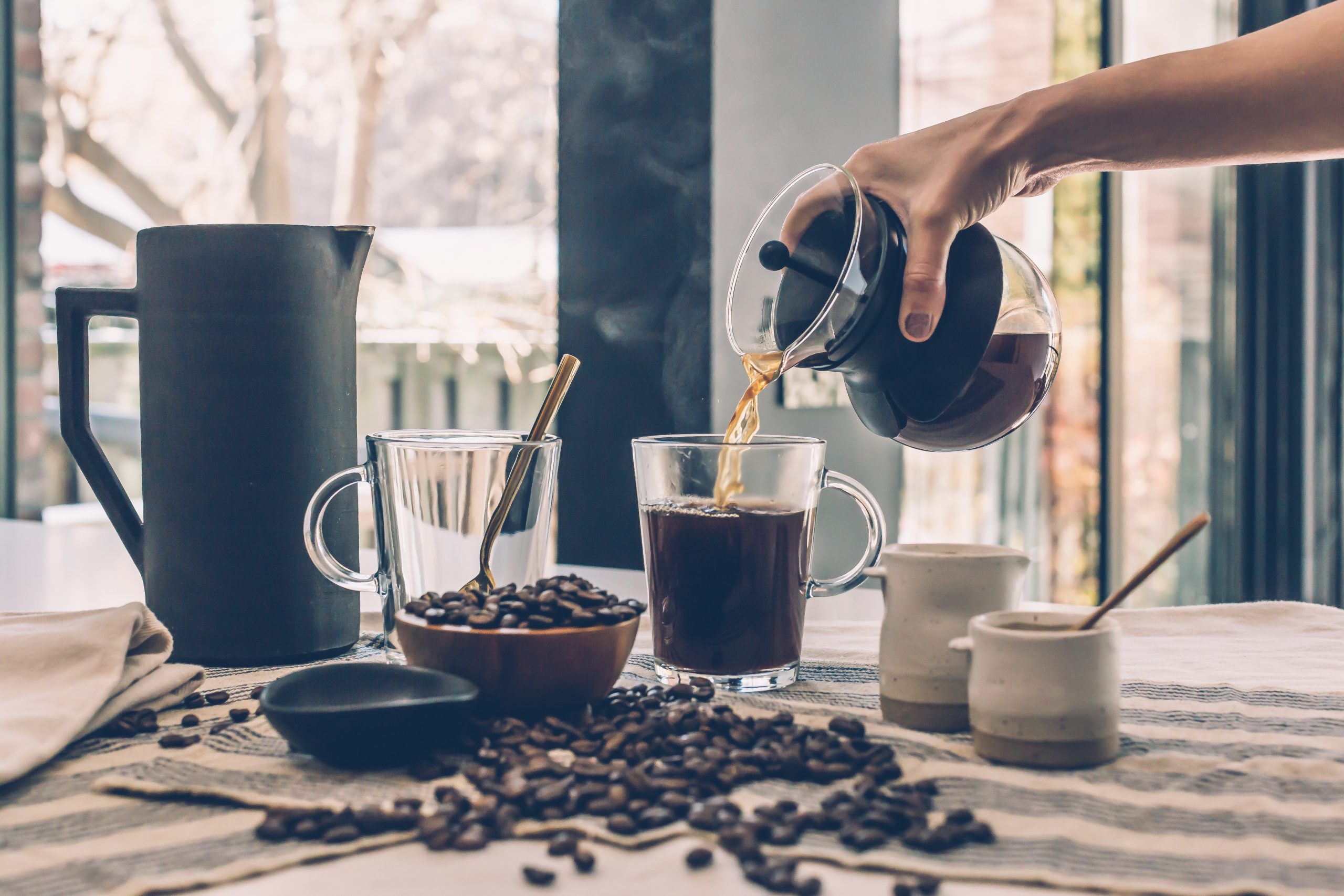Everything Coffee- Part II
Last Updated on February 17, 2023
Read: Everything coffee– part 1
Every cup of coffee is a combination of the art and science behind the process. Post-harvest processing methods give heaps of coffee beans but they are far from being ready for consumption. Coffee goes through a strenuous quality check to be fit for consumption. The initial steps are coffee grading and coffee cupping.
Explore Jobs at The Port House Social Bar & Kitchen
What is coffee grading?
Coffee is a naturally grown commodity and therefore, it is impossible to have perfectly uniform beans. Coffee differs in quality and taste based on where it is grown and how it is processed. To come up with the best blends or to sell a particular coffee as single-origin, the quality of coffee beans has to be thoroughly inspected.

Coffee grades
After the coffee beans have gone through post-harvest processing, the defective beans are removed. Based on the percentage of the coffee beans removed, coffee clusters are classified by comparing the number of remaining defective coffee beans to a given sample of 350g. These defects are classified into two types:
- Primary (category 1)- that impacts the quality negatively(black or sour beans).
- Secondary (category 2)- refers to the defective visual appearance such as broken, chipped or cut beans.
Secondary defects are converted into “equivalent” of one “full” defect based on a classification system wherein, five chipped beans would be equivalent of one “black” bean. For instance, if a particular lot of coffee has been stated to have 12 defects of which five are primary (equal to five black beans) and seven are secondary (equal to 35 chipped beans). [1]
What is coffee cupping?
Coffee cupping is a systematic method devised to inspect the quality of green beans. The beans are examined for appearance and flavour. This method originated in San Francisco and has now become an essential part of monitoring the quality of beans across the world. Below is a stepwise understanding of the cupping process: [2].
Step 1: Roast 5 ounce of green coffee until the colour resembles Agtron 55
Step 2: Prepare about 4 cups per sample and grind each sample separately
Step 3: Smell the fragrance of the coffee grind and notes of fermentation, fruitiness and phenolic compounds are identified at this stage.
Step 4: Pour hot water over the grind and let the coffee steep for about 3-5 minutes, after which the aroma is studied.
Step 5: Now the coffee is slurped and studied for acidity, sweetness, body, flavour and aftertaste.

Coffee cupping
The major attributes that are tested via this method are:
- Fragrance is a result of roasting and ground coffee beans.
- Aroma, that is generated when hot water is poured over the freshly ground coffee. Surprisingly, there is a difference in aroma between freshly roasted plus ground coffee and liquid coffee. Certain transformation reactions take place in the solid, gas-liquid and gas phases which result in different aromas.
- Flavour of the brew is a result of the taste that is felt on the tongue as well as the retro-nasal sensation in the nose from the gas molecules that are liberated from the brew.
- Aftertaste, an effect caused by the residual compounds of the coffee along with the heavy gaseous molecules still possibly trapped in the brew. The components responsible for the aftertaste are felt at the back of the tongue.
- Acidity is a characteristic that is linked to the type and amount of organic acids present in the brew which is easily sensed by the tongue. [1]
- Body indicates the texture or mouthfeel of the brew. It is suggested fibres, melanoidins and lipids in the roasted and ground beans result in the development of the body.
Other attributes that are also studied are balance, sweetness and uniformity.
Cupping for defects- Defective beans are recognized by visual imperfections. These defects also affect the flavour profile of coffee beans. These defects are usually the result of flaws in post-harvest processing methods [2].
Cupping for flavor- Many factors contribute to the flavour of beans, one of which is the terroir of coffee. Terroir refers to the soil in which the coffee is grown contributes to a distinct flavour in the beans. Next comes the application of optimal agronomic practices. This refers to the right kind of expertise needed to pick the ripest coffee cherries to ensure a good profile of organic acids in the cherries which could provide a good balance of sweetness as well as acidity.
Next is the set of attributes developed when a coffee cherry is transformed into a green bean. Putting in place, the right kind of processing steps is essential as this could enhance or weaken the flavour profile of coffee. For instance, drying under the sun versus drying in a machine has a strong impact on both the acidity and body of the beans [2].
What is the Q coffee system?
Many of you must have heard of the Q Coffee system and often wondered what it means. This is a formalized method of cupping and grading based on the Speciality Coffee Association of America (SCAA) protocol. For a coffee to be recognized as “speciality coffee”, it needs to score above 80 on the Q grading system. Once the coffee is evaluated, it goes for roasting.
Roasting of coffee
The operation of roasting plays a major role in the flavour development of coffee beans. It is a heat treatment to generate the desired flavour, dark color, and a porous texture suitable for grinding.
Roasting results in changes within the structure of the bean along with dehydration and other chemical reactions. The roasting temperature usually exceeds 190°C and increases upto 200-250°C. The time taken for this process can last from 3 to 20 minutes. As for color, the beans change from green to yellow, orange, brown, dark brown and finally to almost black. It is one of the most important indicators of the degree of the roast as well as the quality. Usually, the color is checked using an optical color measurement device (L*a*b*).
A coffee bean in itself is a “mini reactor”. When they face high temperatures, they face a series of chemical reactions that result in the swelling of the beans so much so that the volume increases by a factor of 2. With heating, there is an increased gas pressure inside the bean whereas the cell walls resist this change. Roasting diminishes the cytoplasm by pushing it outward towards the cell wall (that is strong enough to hold itself in place). This destroyed cytoplasm results in a gas-filled void. This gas-filled bean eventually gives a swollen bean. The final moisture in a roasted bean is about 2.5% as opposed to a green bean that contains about 10-12%.

Coffee beans also contain about 18% lipids however roasting pushes this coffee oil to the bean surface and with the increasing temperature oil oozes out more eventually covering the whole bean with an oil film. This is the reason why coffee beans have a particular shine on them.
As a rule of thumb, one must remember that increasing degree of roast results in reduced acidity and increased bitterness. This is the reason why light roast is more acidic than dark roast. [3]
Should you blend your coffee before roasting or after? What happens to the coffee after roasting? Please follow this series for part III of the coffee journey to understand blending, grinding, brewing and so on.
To understand how coffee grows and how is it harvested, please read Everything Coffee Part I.

About the Author
I am Anjali Patel, I come from India and completed my Masters in Food biotechnology from Wageningen University in the Netherlands before moving to Canada. Currently, I am working as an intern with Rainfed foods as an innovation and research associate. If not discussing food, you will see me reading books or chasing travel blogs to plan my next holiday.
Subscribe to our newsletter for details on mentorship sessions, workshops, webinars, as well as career and job fairs across Canada and the US!
References:
[1] Lingle, T. R., & Menon, S. N. (2017). Cupping and grading—Discovering character and quality. In The craft and science of coffee (pp. 181-203). Academic Press.
[2] Boot, W. (2005). Cupping for flavor vs defects. Roast Magazine, 1-4.
[3] Schenker, S., & Rothgeb, T. (2017). The roast—Creating the Beans’ signature. In The craft and science of coffee (pp. 245-271). Academic Press.
Image citation
Coffee Grades | Amriphoto | Canva
Coffee Cupping | Gumpanat | Canva
Roasting process changes coffee beans | https://associatedcoffee.com/blog/how-coffee-changes-during-the-roasting-process/
Colour changes due to different degree of roasting | Tuned-IN | Canva


leave your comment